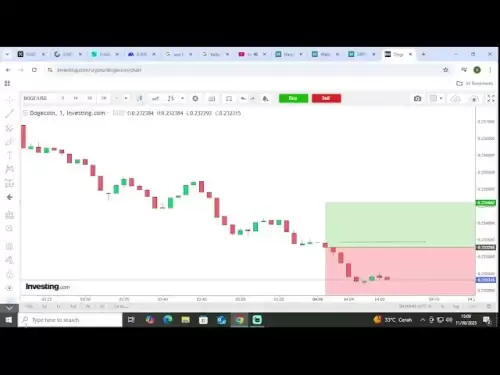-
 Bitcoin
Bitcoin $120300
1.41% -
 Ethereum
Ethereum $4296
2.75% -
 XRP
XRP $3.220
1.46% -
 Tether USDt
Tether USDt $0.9997
-0.04% -
 BNB
BNB $801.6
0.14% -
 Solana
Solana $179.9
0.22% -
 USDC
USDC $0.9998
-0.01% -
 Dogecoin
Dogecoin $0.2302
-0.24% -
 TRON
TRON $0.3405
-0.39% -
 Cardano
Cardano $0.7965
0.53% -
 Hyperliquid
Hyperliquid $44.80
2.57% -
 Chainlink
Chainlink $21.95
2.94% -
 Stellar
Stellar $0.4438
1.68% -
 Sui
Sui $3.767
-1.42% -
 Bitcoin Cash
Bitcoin Cash $584.4
3.24% -
 Hedera
Hedera $0.2554
-0.59% -
 Ethena USDe
Ethena USDe $1.001
-0.02% -
 Avalanche
Avalanche $23.57
0.00% -
 Litecoin
Litecoin $126.6
4.64% -
 Toncoin
Toncoin $3.339
0.94% -
 UNUS SED LEO
UNUS SED LEO $9.001
-0.49% -
 Shiba Inu
Shiba Inu $0.00001320
-0.92% -
 Uniswap
Uniswap $10.84
3.36% -
 Polkadot
Polkadot $3.945
-1.39% -
 Cronos
Cronos $0.1663
4.77% -
 Ethena
Ethena $0.8136
8.48% -
 Dai
Dai $0.0000
0.00% -
 Bitget Token
Bitget Token $4.391
-0.51% -
 Monero
Monero $268.0
0.80% -
 Pepe
Pepe $0.00001169
-1.57%
How to analyze Ethereum's on-chain data?
Insights from Ethereum's on-chain data, including transaction volumes, smart contract usage, and supply dynamics, provide valuable insights into the network's performance and overall health.
Feb 22, 2025 at 08:06 pm
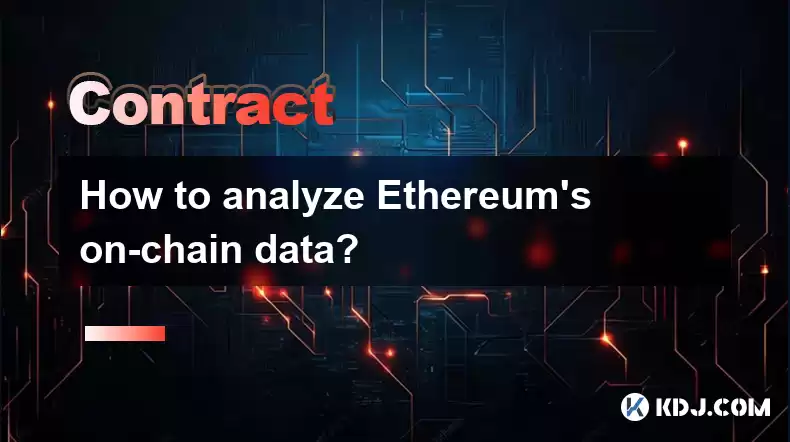
Key Points:
- Overview of Ethereum's On-Chain Data
- Data Sources for Ethereum On-Chain Analysis
- Metrics for Analyzing Ethereum's On-Chain Activity
- Tools and Resources for Ethereum On-Chain Analysis
- Technical Indicators for Ethereum On-Chain Analysis
- Limitations of Ethereum On-Chain Analysis
- FAQs Related to Ethereum On-Chain Data
How to Analyze Ethereum's On-Chain Data?
1. Overview of Ethereum's On-Chain Data
Ethereum's on-chain data refers to the digital record of all transactions, activity, and interactions on the Ethereum blockchain. This data provides valuable insights into the network's usage, development, and overall health. It encompasses a wide range of information, including:
- Transaction volumes and values
- Gas usage and fees
- Smart contract deployments and interactions
- Supply and distribution of ETH and ERC-20 tokens
- Mining dynamics and hashrate
- Social metrics such as active addresses and transaction counts
2. Data Sources for Ethereum On-Chain Analysis
There are several reputable data sources available for analyzing Ethereum's on-chain data:
- Ethereum Foundation: Official source for blockchain data, research, and development updates.
- Glassnode: Comprehensive platform providing a wide range of on-chain metrics and visualizations.
- Nansen: Analytics solution specializing in providing insights into NFT markets and blockchain activity.
- Etherscan: Explorer and data aggregation tool offering real-time blockchain data and transaction details.
- Dune Analytics: Open-source platform allowing users to build and share customizable data queries.
3. Metrics for Analyzing Ethereum's On-Chain Activity
Numerous metrics can be derived from Ethereum's on-chain data, allowing analysts to monitor and assess the network's performance and activity. Some key metrics include:
- Active Addresses: Count of unique addresses that have transacted on the network.
- Transaction Volume: Number of transactions executed on the blockchain.
- Gas Price: Average price paid by users to include their transactions in a block.
- Supply Dynamics: Circulation, issuance, and distribution of ETH and ERC-20 tokens.
- Smart Contract Usage: Number of smart contracts deployed and executed, as well as gas usage by contracts.
4. Tools and Resources for Ethereum On-Chain Analysis
Several tools and resources facilitate the analysis of Ethereum's on-chain data:
- Block Explorers: Etherscan, Blockchair, and Ethplorer provide user-friendly interfaces to navigate blockchain data.
- Data Analytics Platforms: Glassnode, Nansen, and Santiment offer extensive datasets and visualization tools.
- Querying Tools: BigQuery, Google Analytics, and Dune Analytics enable users to write custom queries and build dashboards.
5. Technical Indicators for Ethereum On-Chain Analysis
Technical indicators are metrics or statistical measures that signal potential trends or patterns in market data. Some commonly used technical indicators in Ethereum on-chain analysis include:
- Moving Averages: Trend following indicator that smooths out price or transaction volume data.
- Bollinger Bands: Value range indicator that calculates the standard deviation of data points from a moving average.
- Relative Strength Index (RSI): Momentum oscillator that measures the magnitude of recent price changes.
- Stochastic Oscillator: Momentum indicator that measures the relative position of the closing price within a specified period.
6. Limitations of Ethereum On-Chain Analysis
While Ethereum's on-chain data offers valuable insights, it also has certain limitations:
- Data Filtering: On-chain data does not capture off-chain transactions or private transactions using mixers or other privacy-enhancing tools.
- Interpretation Challenges: On-chain data can be complex to interpret, and the conclusions drawn may vary depending on the methodology and assumptions used.
- Historical Data Limitations: Access to historical data may be limited for some metrics or periods, affecting analysis.
FAQs Related to Ethereum On-Chain Data
Q: What are the most popular Ethereum on-chain data providers?
A: Glassnode, Nansen, and Etherscan are reputable providers of Ethereum on-chain data.
Q: How can I analyze Ethereum's supply dynamics?
A: Metrics such as coin issuance, circulation supply, and distribution dynamics provide insights into Ethereum's supply and distribution behavior.
Q: What tools can I use to query Ethereum's on-chain data?
A: BigQuery, Google Analytics, and Dune Analytics allow users to write custom queries and build analysis dashboards.
Disclaimer:info@kdj.com
The information provided is not trading advice. kdj.com does not assume any responsibility for any investments made based on the information provided in this article. Cryptocurrencies are highly volatile and it is highly recommended that you invest with caution after thorough research!
If you believe that the content used on this website infringes your copyright, please contact us immediately (info@kdj.com) and we will delete it promptly.
- DYDX Price Stays Afloat: Navigating Neutral Momentum with Technical Indicators
- 2025-08-11 20:50:12
- Superman Takes Flight: A Deep Dive into the Comic Program and Coin Medals
- 2025-08-11 20:30:12
- JasmyCoin's Bullish Momentum: Riding the Daily Gain Wave
- 2025-08-11 21:10:12
- Shiba Inu's Comeback Trail and the Meme Coin Mania: Can $SHIB Deliver a 12,000x Return?
- 2025-08-11 18:30:11
- Proof of Trust, Transparency, and User Safety: Keeping Crypto Real
- 2025-08-11 18:50:12
- Pudgy Penguins, Bitcoin Penguins, and the $22M Meme Coin Mania: A New York Perspective
- 2025-08-11 17:10:11
Related knowledge
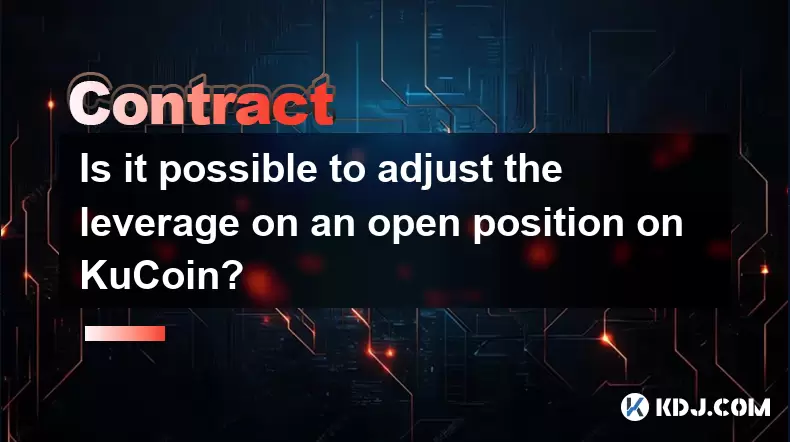
Is it possible to adjust the leverage on an open position on KuCoin?
Aug 09,2025 at 08:21pm
Understanding Leverage in KuCoin Futures TradingLeverage in KuCoin Futures allows traders to amplify their exposure to price movements by borrowing fu...
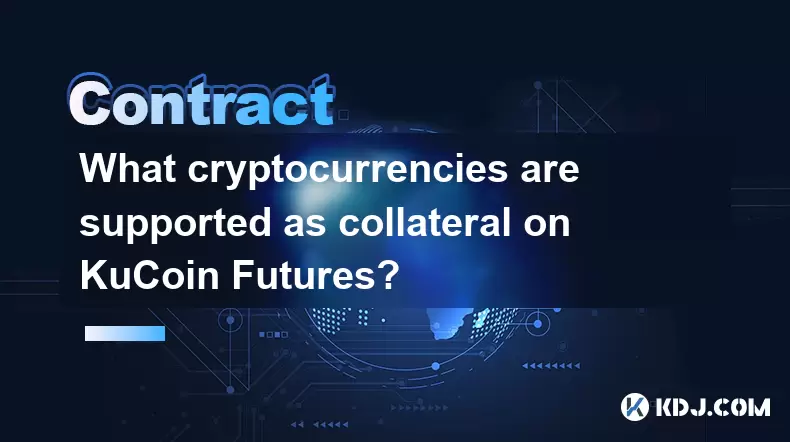
What cryptocurrencies are supported as collateral on KuCoin Futures?
Aug 11,2025 at 04:21am
Overview of KuCoin Futures and Collateral MechanismKuCoin Futures is a derivatives trading platform that allows users to trade perpetual and delivery ...
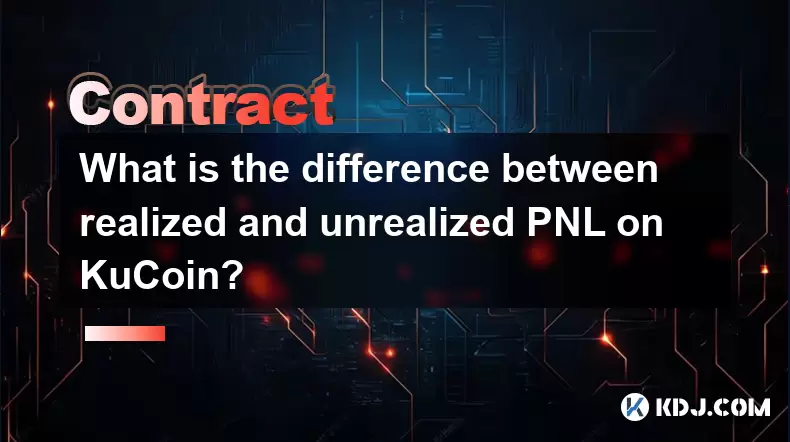
What is the difference between realized and unrealized PNL on KuCoin?
Aug 09,2025 at 01:49am
Understanding Realized and Unrealized PNL on KuCoinWhen trading on KuCoin, especially in futures and perpetual contracts, understanding the distinctio...
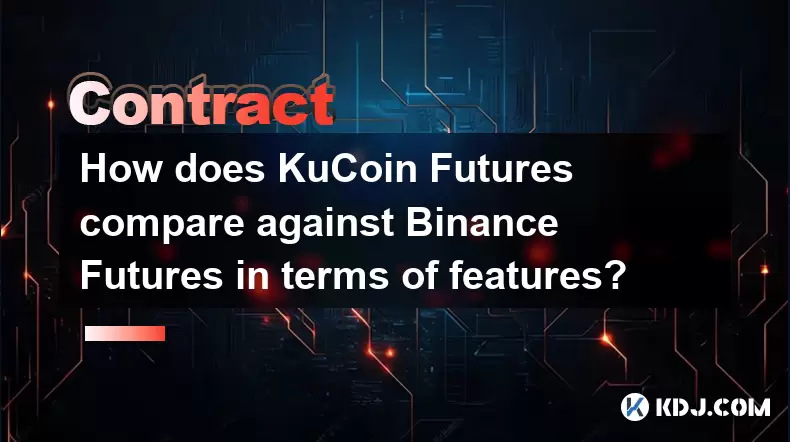
How does KuCoin Futures compare against Binance Futures in terms of features?
Aug 09,2025 at 03:22am
Trading Interface and User ExperienceThe trading interface is a critical component when comparing KuCoin Futures and Binance Futures, as it directly i...
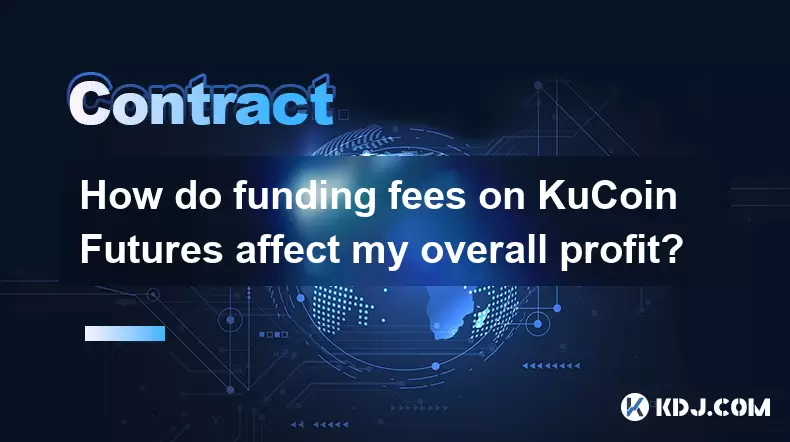
How do funding fees on KuCoin Futures affect my overall profit?
Aug 09,2025 at 08:22am
Understanding Funding Fees on KuCoin FuturesFunding fees on KuCoin Futures are periodic payments exchanged between long and short position holders to ...
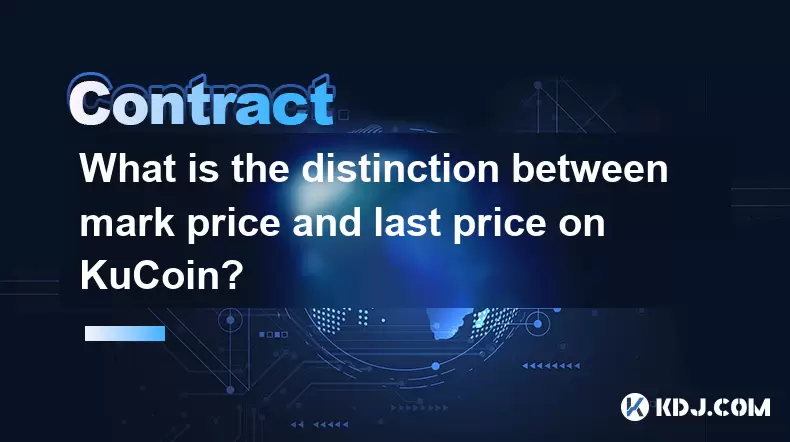
What is the distinction between mark price and last price on KuCoin?
Aug 08,2025 at 01:58pm
Understanding the Basics of Price in Cryptocurrency TradingIn cryptocurrency exchanges like KuCoin, two key price indicators frequently appear on trad...

Is it possible to adjust the leverage on an open position on KuCoin?
Aug 09,2025 at 08:21pm
Understanding Leverage in KuCoin Futures TradingLeverage in KuCoin Futures allows traders to amplify their exposure to price movements by borrowing fu...

What cryptocurrencies are supported as collateral on KuCoin Futures?
Aug 11,2025 at 04:21am
Overview of KuCoin Futures and Collateral MechanismKuCoin Futures is a derivatives trading platform that allows users to trade perpetual and delivery ...

What is the difference between realized and unrealized PNL on KuCoin?
Aug 09,2025 at 01:49am
Understanding Realized and Unrealized PNL on KuCoinWhen trading on KuCoin, especially in futures and perpetual contracts, understanding the distinctio...

How does KuCoin Futures compare against Binance Futures in terms of features?
Aug 09,2025 at 03:22am
Trading Interface and User ExperienceThe trading interface is a critical component when comparing KuCoin Futures and Binance Futures, as it directly i...

How do funding fees on KuCoin Futures affect my overall profit?
Aug 09,2025 at 08:22am
Understanding Funding Fees on KuCoin FuturesFunding fees on KuCoin Futures are periodic payments exchanged between long and short position holders to ...

What is the distinction between mark price and last price on KuCoin?
Aug 08,2025 at 01:58pm
Understanding the Basics of Price in Cryptocurrency TradingIn cryptocurrency exchanges like KuCoin, two key price indicators frequently appear on trad...
See all articles


























